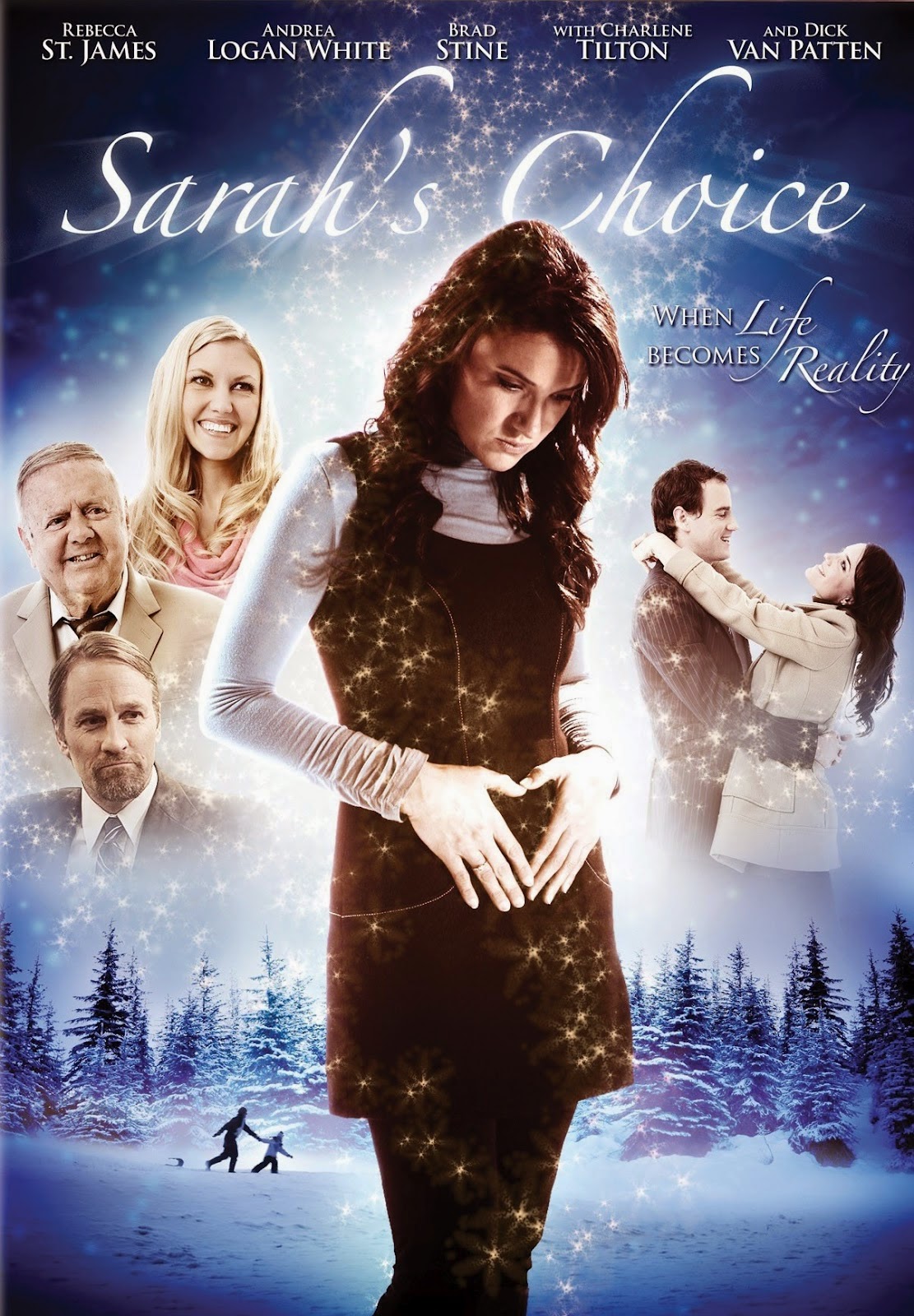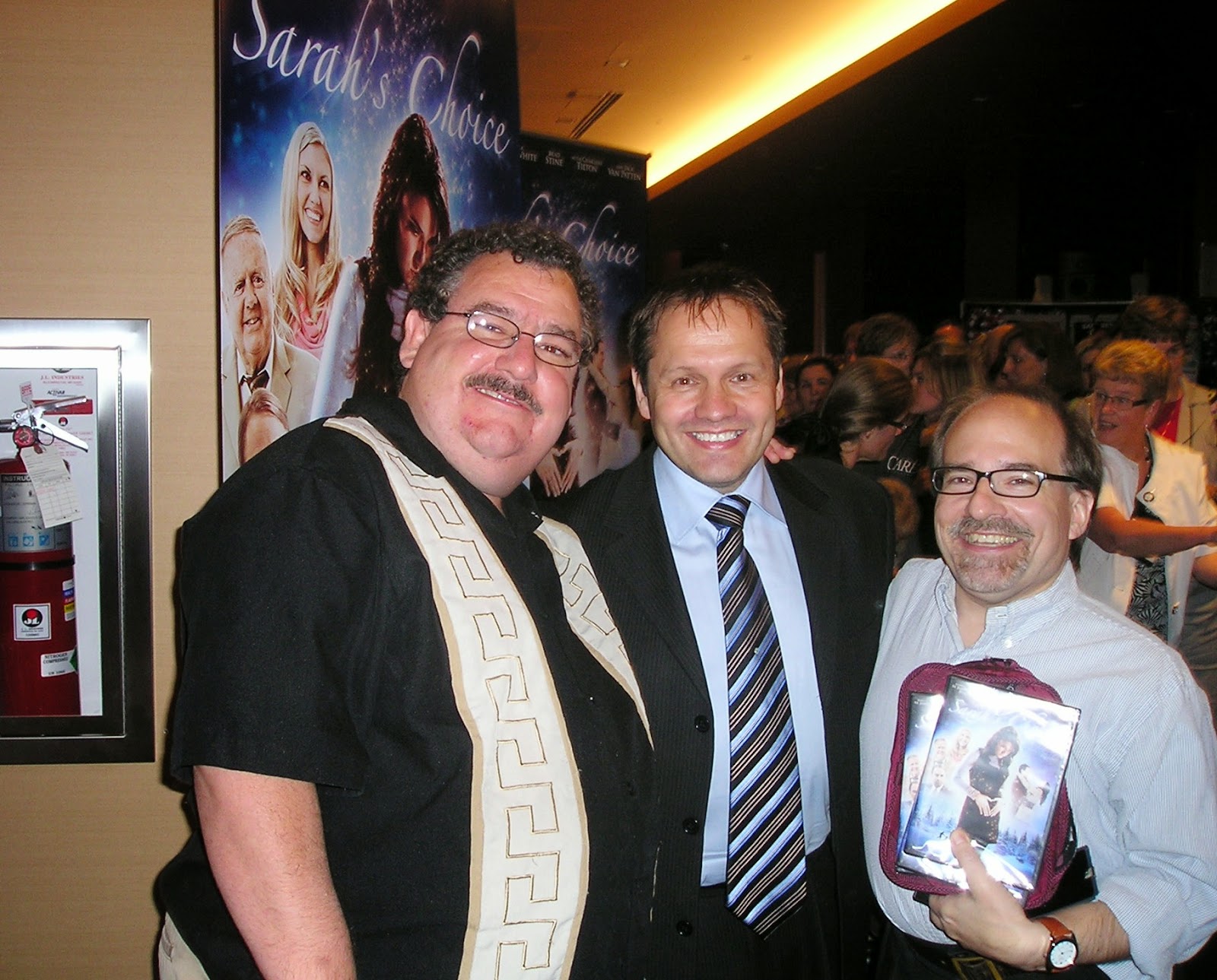 |
| This cartoon by director Barry Shapiro shows the soothing effect my editing has on clients. |
I have been editing film since I was around ten-years-old. I was always a movie collector. However, back in the pre-video/pre-digital age, if you wanted to collect movies, you had to collect film. My first films were on Super 8mm. If the film broke running through the projector you had to edit it. I was never intimidated by film. However, I didn't start editing for content, rather than repair, until I got to college.
I was a Mass Communications major at Towson (State) University. I began in journalism but shifted over to the film department. The Film Department was a natural fit for me. However, unlike most of my peers, I never really hungered to become a director. For some reason, I never really enjoyed being on the set. I knew and understood the basics of lighting and cinematography and sound, but I didn't feel the desire to practice them. Other people I knew had a passion for production and I was always happy to let them indulge it. Film is a collaborative endeavor. If you have access to people who are better at a certain job than you, you are foolish not to use them -- if your goal is the best possible production. Sadly, most of the independent films I see at film festivals suffer from one-man-showism. Certain people feel the need to write, produce, direct, shoot and even star in their own films. Some people are capable of doing that. Most aren't. We can't all be Orson Welles. Not even Orson Welles was. But I digress. (More about this in my future blog: No One Wants To See Your Movie.)
BTW, here's my first student film: (Pretty pathetic)
Here's that film:
After college, I went to work for the much-vaunted advertising agency Smith Burke & Azzam. I started in the mailroom, but I worked in the accounting and media departments before settling on the creative side in the broadcast department. (I once remarked to one of the partners that I had worked in every department except account services -- who dealt with the clients. The partner said in response: "Sean, that was not an oversight.") The agency had an upright 35mm movieola editing system -- which I never saw used in anger --and a 3/4-inch linear video editing system. One of my responsibilities was editing presentation reels and pitch materials for the various executives. Once, when I had some time on my hands, I decided to put a little coda on the end of a little rah-rah internal video. I decided depict the history of the agency by editing five seconds clips of every commercial the agency produced in sequential order.
Everyone loved the coda. Richard Smith, an art director, came up to me afterwards. "You can do that kind of editing here?" he asked. "Yup," I answered. A few days later he brought me over the video dailies of an early Choice Hotels suitcase commercial. He said, "The editor says this spot won't work as a fifteen. Can you make it work?" "Yes," I answered -- not knowing whether I could or not. Fortunately, I did and thus began my career.
 |
| Learning my trade at Smith Burke & Azzam with producer Pam Poertner |
Here's the Vietnam piece:
Before long, I had built up a nice list of freelance clients. When the loss of a major account at the agency resulted in lay-offs, it was easy for me to go freelance instead of assuming annoying responsibilities I had given up years earlier. I continued working for the agency as a freelancer and began working for the best directors in the region. I mainly edited television commercials. They were my area of experience and, happily, they paid the most. But edited everything from industrials and rock videos to politicals and infomercials. My client list included Gore 2000, CDC, Exxon, Pitney Bowes, Brother, Lockheed Martin, Sprite, Hardee's, Medstar, True Temper, Choice Hotels and The Health Insurance Plan of New York (HIP). Eventually, I began editing programming for networks like Animal Planet, PBS and E! I even edited a few low budget features when I had some down time. They were all labors of love -- because they certainly didn't pay. Every feature I edited cost me money.
Here's my editorial spot reel. (It's old. I haven't put a new spot on it in seven years.):
Here's a newer spot:
I consider myself a story editor. I'm at my best when you give me six hours of real people footage and tell me to find the story. Generally, I attempt to follow the footage and let it tell its own story -- as opposed to other editors who specialize in manipulating footage and bending it to their will.
The editing business has changed dramatically over the years. We went from linear analog systems to digital non-linear systems. We used to edit in suites that cost $500 an hour to working at home on consumer equipment. I will say that it's not as much fun as it used to be. In the old days, editing was a much more social job. More laughs and camaraderie. Nowadays the footage arrives on your doorstep on drives via Federal Express. You work alone. You upload your cuts for approval. The comments come back via email. You finish the spots then you send the drives back. No more leisurely lunches at the client's expense....
Still, I do love the work.
Keep me in mind for your next project.
Be sure to check out my memoir The Promise, or the Pros and Cons of Talking with God, published by TouchPoint Press. It is my true story of first faith and first love and how the two became almost fatally intertwined. (And keep an eye out for my upcoming paranormal thriller Chapel Street.)
Here are some sample chapters of The Promise:
Chapter 7 - Mission Accomplished
Chapter 15 - Quarter To Midnight
Follow me on Twitter: SeanPaulMurphy
Follow me on Instagram: Sean Paul Murphy
Chapter 15 - Quarter To Midnight
Follow me on Twitter: SeanPaulMurphy
Follow me on Instagram: Sean Paul Murphy














